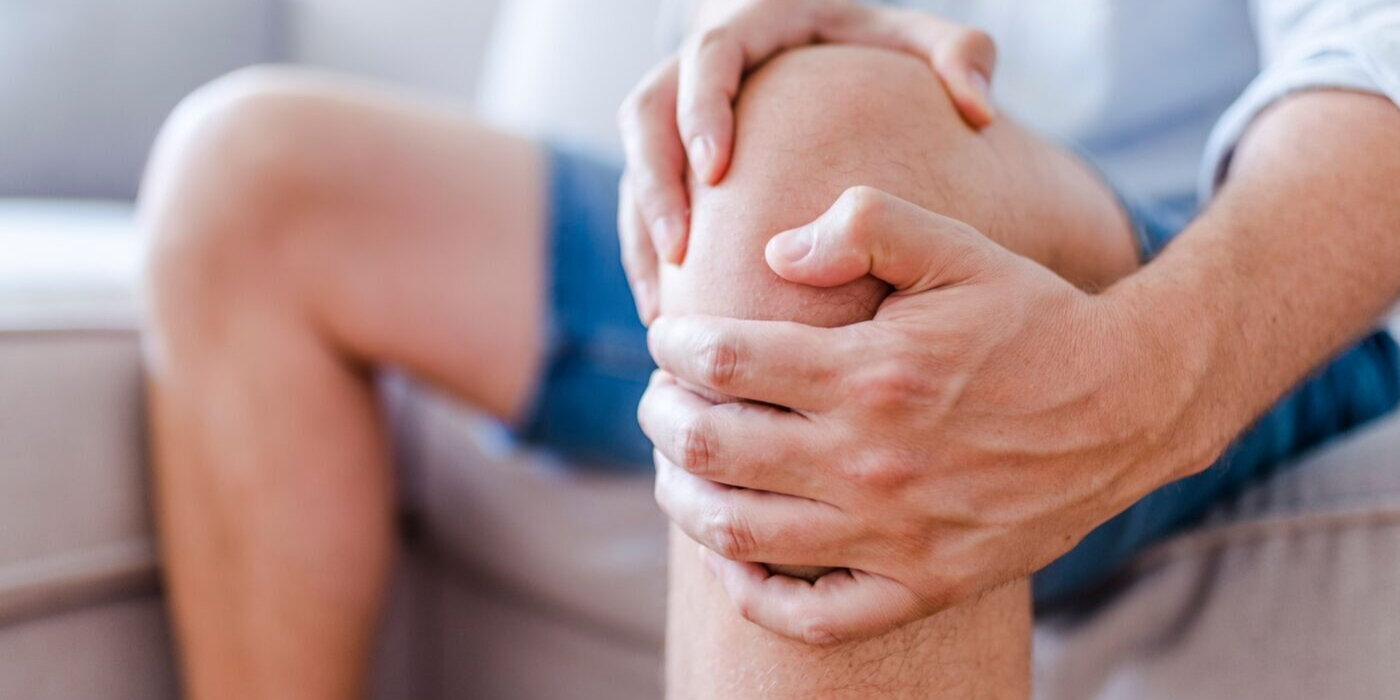Ligament Tear
What Is A Knee Ligament Tear?
Ligaments are almost like ropes in their structure. They are made up of lots of thin fibres that are bunched into groups. These groups are then bound together to form the ligament. The ligament can withstand some stretching force but if that force exceeds the strength of the ligament then it will tear causing knee pain and inflammation. This will usually happen from a traumatic event such as a twist. At The Physiotherapy Place we often treat footballers, hockey players, and basketball players with knee ligament injuries.
There are 3 degrees of ligament tear :
grade 1 is when a few of the fibres are damaged
grade 2 is when the ligament is partially torn but part of it remains intact
grade 3 is when the ligament is completely ruptured
What Are The Knee Ligaments?
Broadly speaking there are 4 major ligaments in the knee:
MCL - the medial collateral ligament on the inside
LCL - the lateral collateral ligament on the outside
ACL and PCL - the anterior and posterior cruciate ligaments that cross over inside the joint
This ligament formation with the cruciate ligaments within the joint is unique to the knee, providing it with extra stability due to the fact that the knee has to withstand a lot of force going through it. The function of a ligament is to anchor one bone to another so the 4 knee ligaments help to keep the femur (thigh bone) and tibia (shin bone) connected and resist force in a forwards, backwards and sideways direction.
How Serious Is A Knee Ligament Tear?
A grade 1 tear will usually heal well conservatively (i.e with physio), but a grade 2 or 3 is more serious and may require surgical intervention. The problem is that if a ligament heals but is no longer as strong or as tight as it originally was then the knee will be less stable than it was, which would leave you more vulnerable to further injury.
Can A Ligament Tear Heal Itself?
Grade 1 and 2 tears have the potential to heal themselves as the ligament is still intact. Because a grade 3 ligament tear is a complete rupture then the capacity to heal itself is much less. Of the 4 knee ligaments, a significant tear of the ACL, PCL, or LCL are more likely to require surgery if you are planning to return to a sport that requires a lot of twisting and turning. The MCL is the most stable of the knee ligaments as it attaches to bone all the way along its course, therefore is rarely requires surgical repair.
How Long Does It Take For Torn Ligaments To Heal?
As a general rule:
a grade 1 tear will take 4-6 weeks to heal
a grade 2 tear will take 6-10 weeks
a grade 3 will often require surgery
The reality is that the different knee ligaments have varying healing times and different rehab protocols due to the nature of their specific functions.
What Do You Do For An Injured Ligament?
There are different protocols depending on which ligament is damaged. For example some knee ligament injuries might require a brace to be worn in the initial stages of healing to protect the ligament from further damage. Whether the ligament is allowed to heal conservatively or if surgery has been done, the goals are to:
initially reduce inflammation
regain full range of motion through the joint
strengthen all of the muscles around the joint
retrain the knee in a way that is specific to the activities that you do
What Exercise Can I Do With A Damaged Ligament?
The knee ligaments are most in use when we are putting a lot of force and impact through the knee, particularly with any side to side or twisting motions. Therefore early exercises that are usually safe to do are lower impact and don’t involve twisting or turning. Because each ligament has specific requirements for optimal healing, it is important to get guidance on this from a medical professional in order to be sure that you are doing the correct thing.
Can I Speed Up Knee Ligament Healing?
At The Physiotherapy Place, we like to get started on a treatment plan straight away to speed up healing and give you the best chance of a complete recovery. We have ultrasound and shockwave therapy treatments, both are proven to optimise tissue healing and will significantly increase the likelihood of a complete recovery.
What Will A Physiotherapist Do?
A physiotherapist will first of all diagnose your knee injury and guide you as to whether you require referral to orthopaedics for further investigations. Once a diagnosis is made, rehab can begin. A comprehensive exercise program will be started immediately with exercises that are appropriate for that stage of the injury. This will be progressed as the injury heals. To facilitate optimal healing in the tissues, various hands on treatments will be done along with exercise. These include soft tissue massage, joint mobilisation, and muscle energy techniques. If all of this is carried out in the correct manner then recovery is likely to be quick and satisfactory.

